
.jpg)
.jpg)
.jpg)
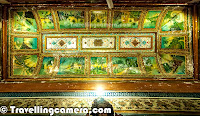
.jpg)
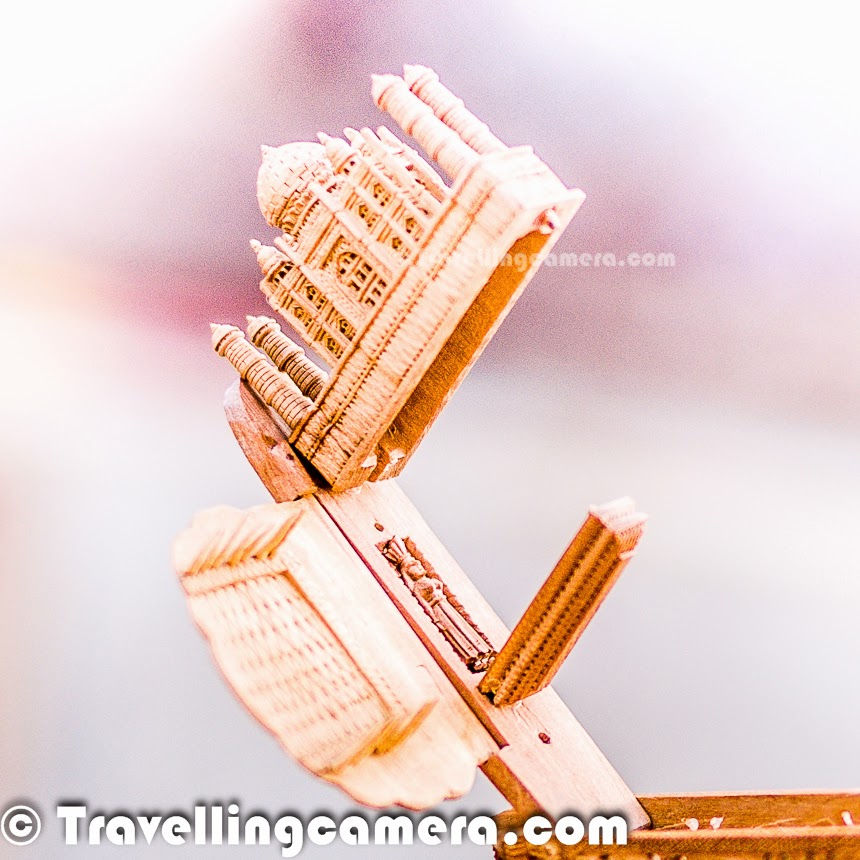
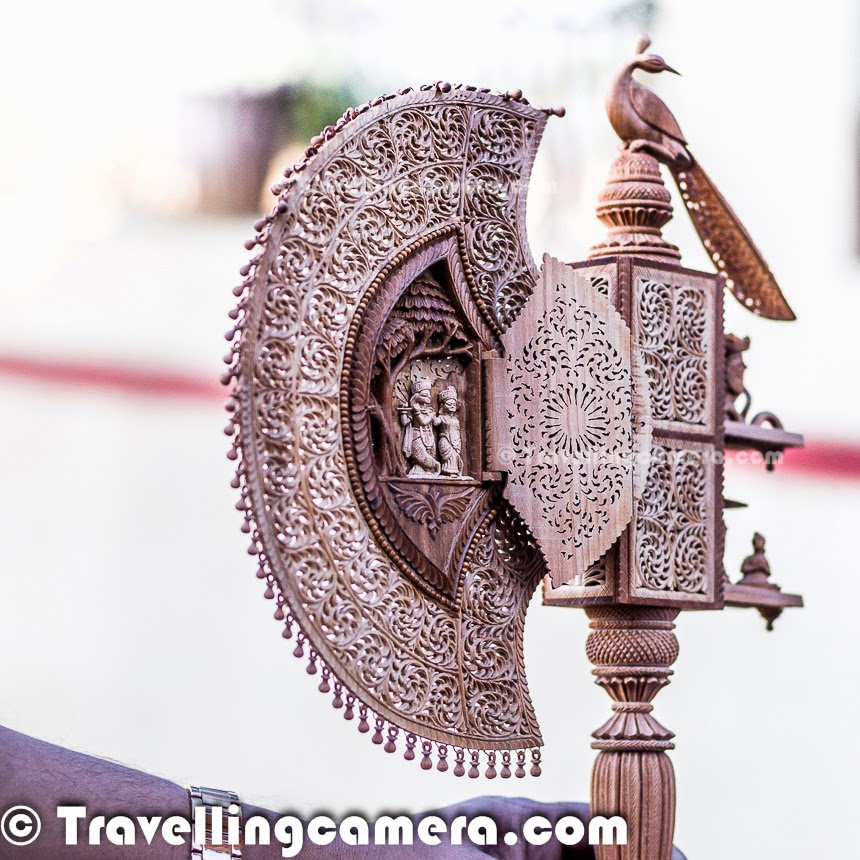
.jpg)
.jpg)
.jpg)
.jpg)
.jpg)
.jpg)
.jpg)
.jpg)
.jpg)
.jpg)
.jpg)
.jpg)
 But we were not too late. Although Sun was not visible at all but still sky was welcoming us with awesome hues and after colors of the sunset. This was time to take out my Gorilla-Pod and capture these hues & some silhouettes. It was time, when few folks were on the way to this place and we had enough time in hand to experiment with sky colors at Sethani ka Johara.
But we were not too late. Although Sun was not visible at all but still sky was welcoming us with awesome hues and after colors of the sunset. This was time to take out my Gorilla-Pod and capture these hues & some silhouettes. It was time, when few folks were on the way to this place and we had enough time in hand to experiment with sky colors at Sethani ka Johara.Sethani Ka Johara is essentially a reservoir, which was constructed by widow of Bhagwan Das Bagla during the terrible Chhappan


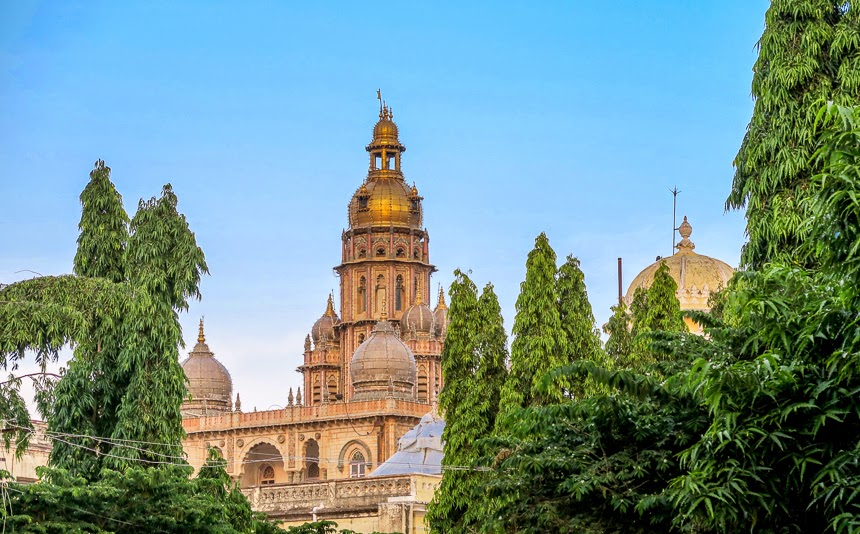




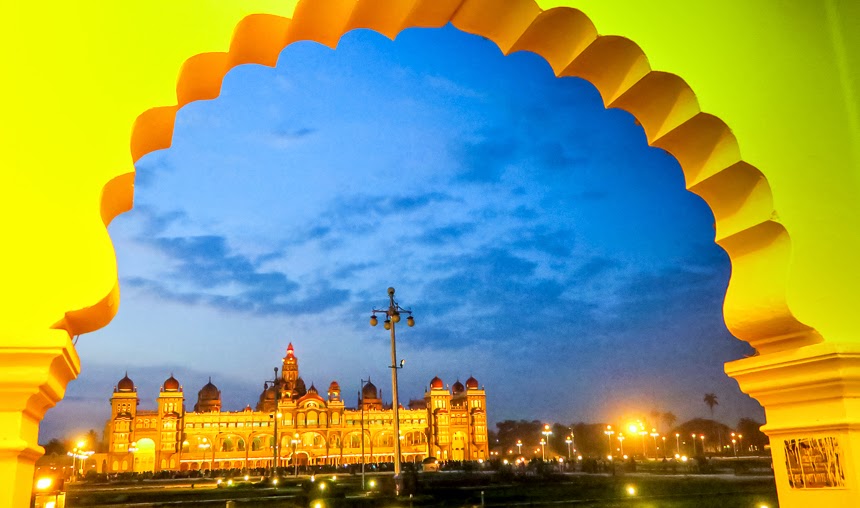
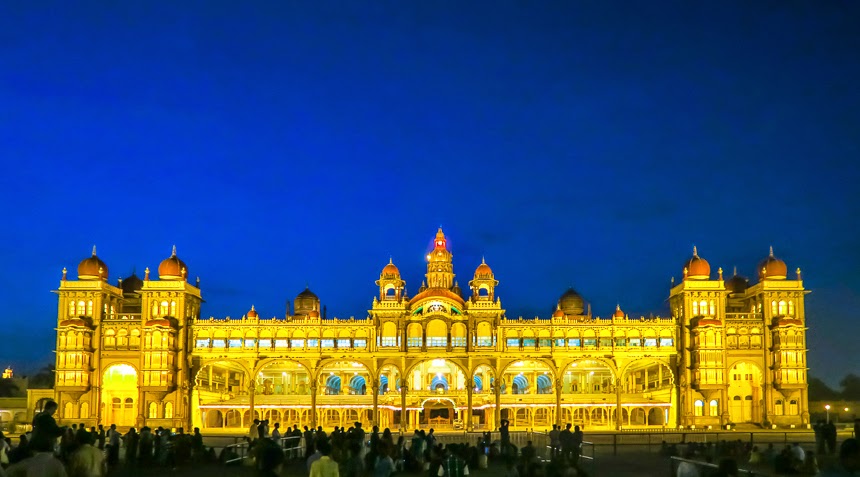








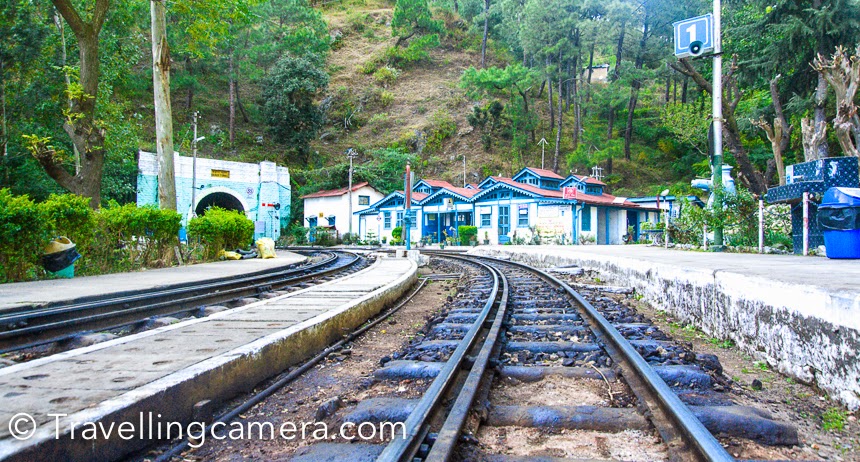
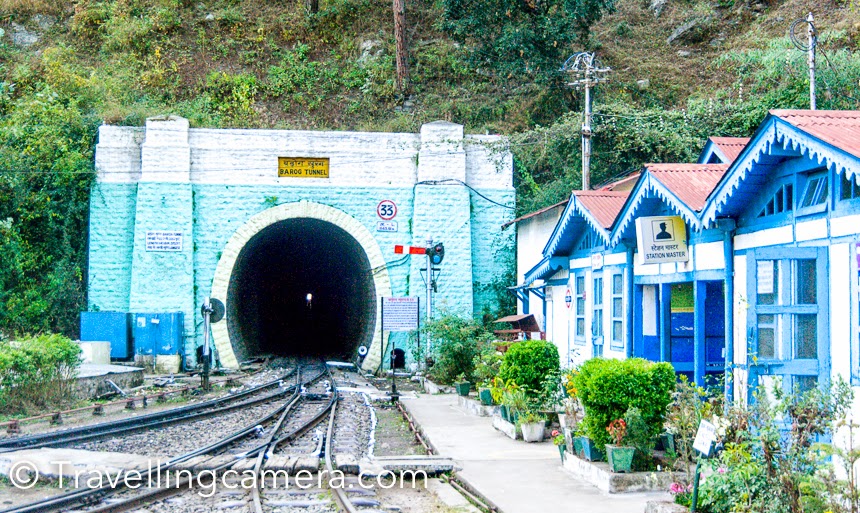


-2.jpg)



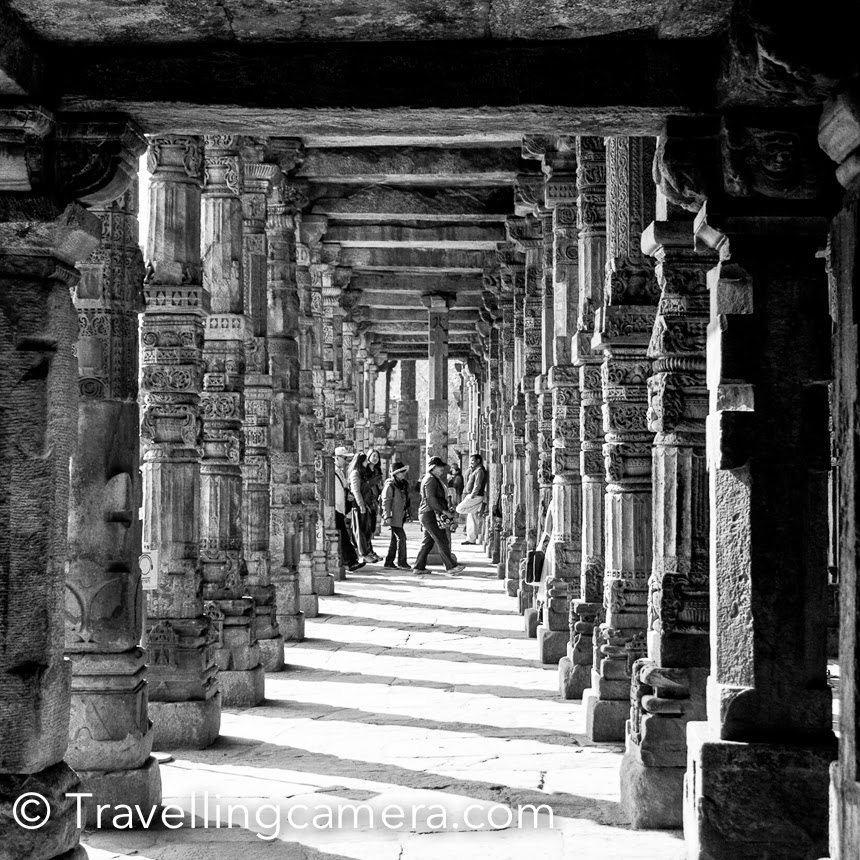

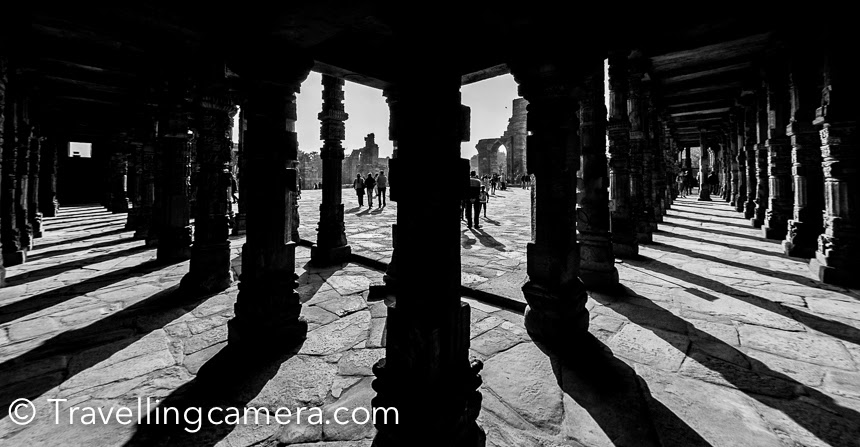
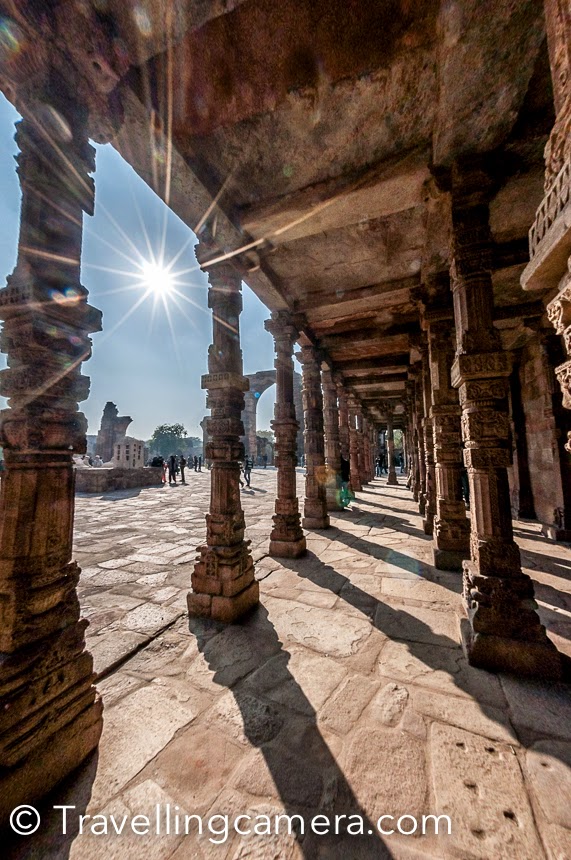




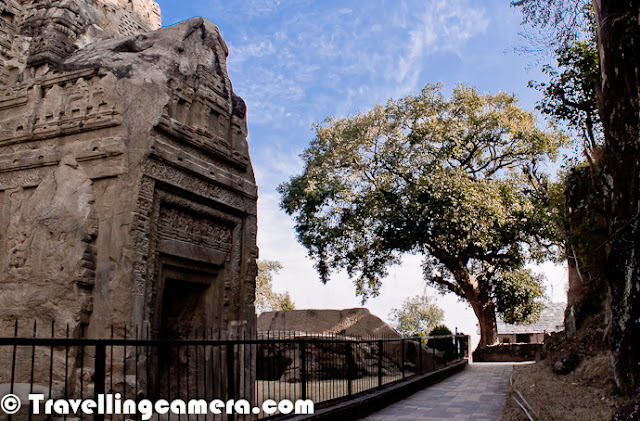

.jpg)
.jpg)
.jpg)
.jpg)
.jpg)
.jpg)
.jpg)
.jpg)
.jpg)
.jpg)
.jpg)
.jpg)
.jpg)
.jpg)
.jpg)
.jpg)
.jpg)
.jpg)
.jpg)
.jpg)
.jpg)
.jpg)
.jpg)
.jpg)
.jpg)
.jpg)
.jpg)
.jpg)
.jpg)
.jpg)





.jpg)
.jpg)
.jpg)
.jpg)
.jpg)
.jpg)
.jpg)
.jpg)
.jpg)
.jpg)
.jpg)
.jpg)
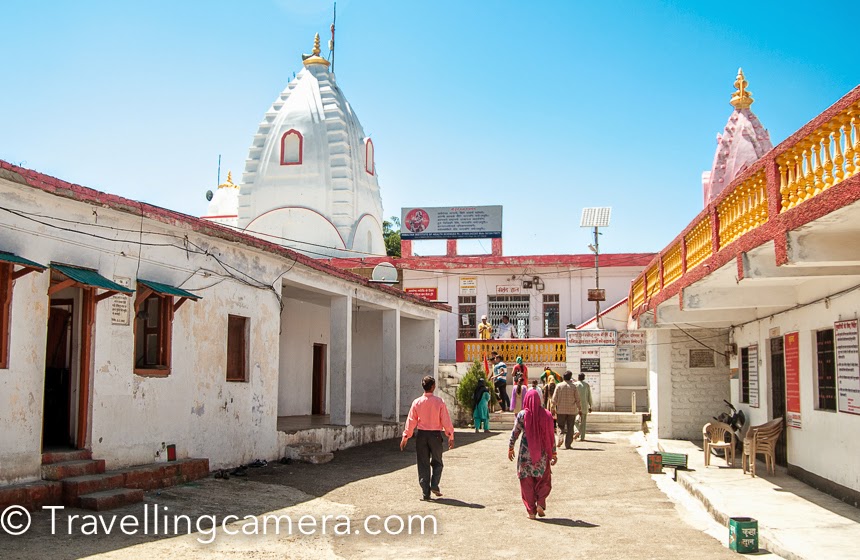




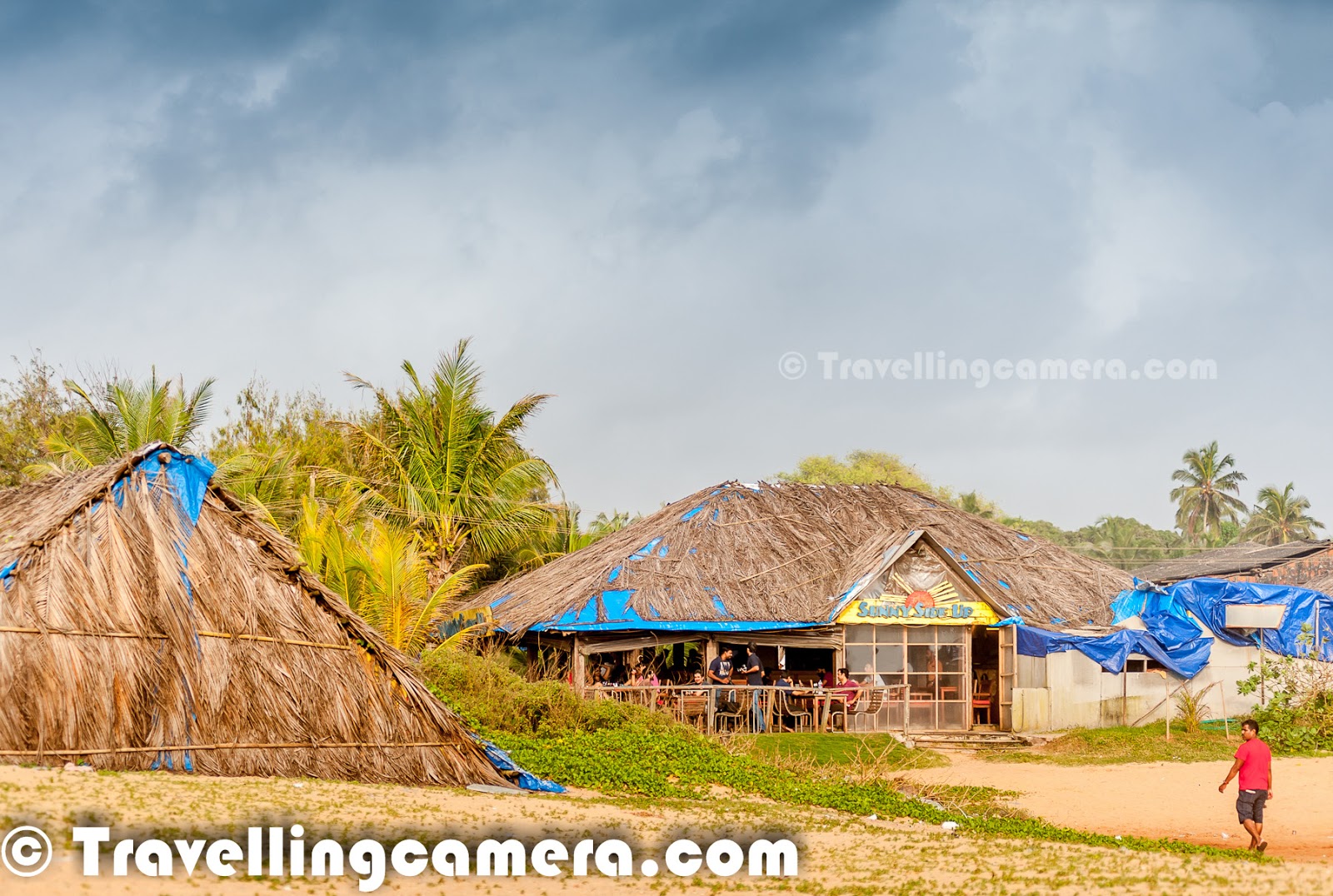

-2.jpg)
-2.jpg)



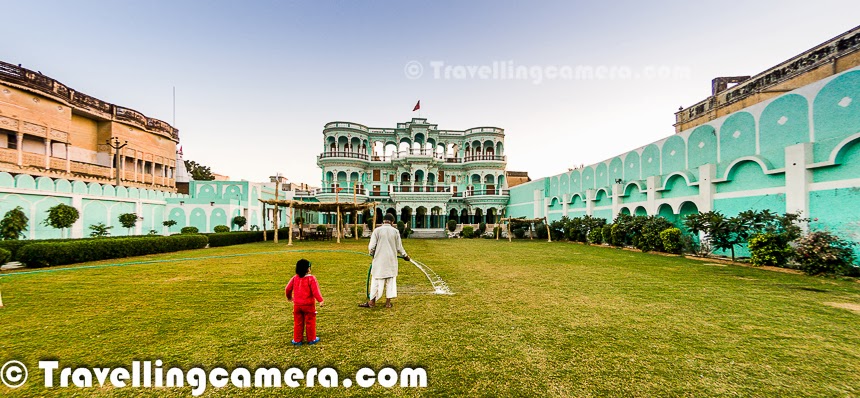

.jpg)

.jpg)
.jpg)
.jpg)
.jpg)
.jpg)
.jpg)


.jpg)
.jpg)
.jpg)
.jpg)
.jpg)
.jpg)
.jpg)
.jpg)
.jpg)
.jpg)
.jpg)







.jpg)
.jpg)


.jpg)
.jpg)
.jpg)
.jpg)

+(15+of+29).jpg)

.jpg)
.jpg)

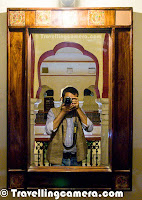

.jpg)
Comments